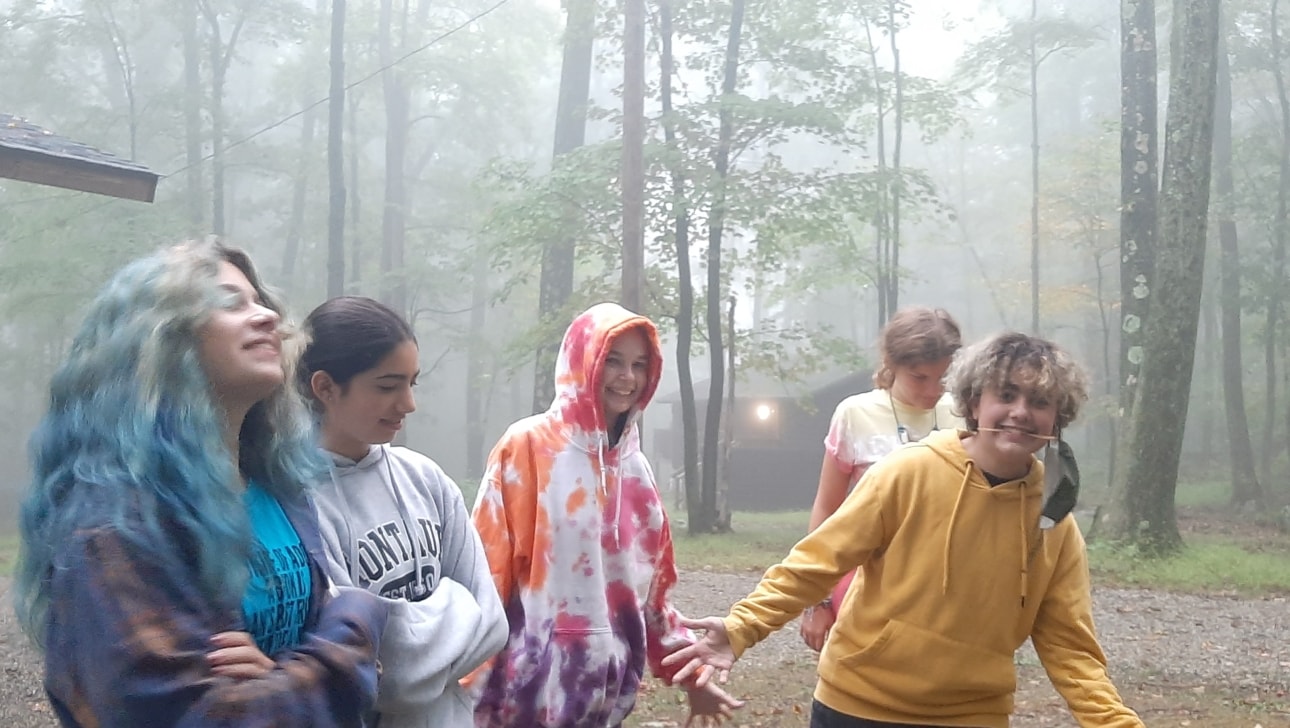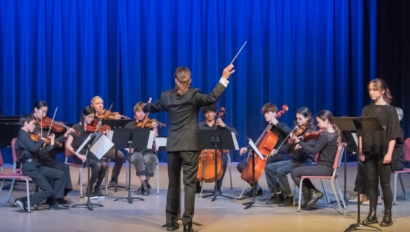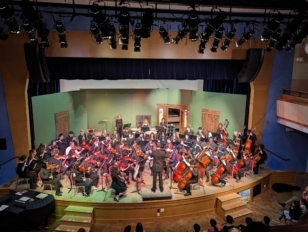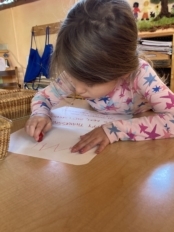In earlier blog posts, including this one, we’ve written about 21st century skills and the development of capacities in a Waldorf school, and how forming capacities complements learning specific skills.
We defined capacities in an earlier blog post by saying: “One way to think about it is that capacities are related to character, while skills are tools. Capacities are part of who we are, how we approach the world; skills help us navigate specific tasks and solve specific problems.”
“21st century view of success: a happy, healthy, caring, child who grows up to be a collaborative person, a creative innovator, a thinking person and a social person, while also being a good citizen.”
Roberta Golinkoff
This interview from National Public Radio aligns with the idea that 21st century skills are not really skills at all in the traditional sense. Interviewed in the piece, Kathy Hirsh-Pasek, a professor of psychology at Temple University and co-author of Becoming Brilliant: What Science Tells Us About Raising Successful Children with Roberta Golinkoff, defines the “21st century view of success: a happy, healthy, caring, child who grows up to be a collaborative person, a creative innovator, a thinking person and a social person, while also being a good citizen.”
She goes on to talk about the “six C’s” that kids need to succeed — collaboration, communication, content, critical thinking, creative innovation, and confidence — (all of which are nurtured in a Waldorf school) and “why raising brilliant kids starts with redefining brilliant.”
Hirsh-Pasek also says, “It turns out that you learn better when things are joyful than when they’re not joyful.” This is one of the foundations of Waldorf education, and permeates everything we do, from our Parent & Child program through 12th grade. From trips and outdoor classes to integrated, arts-infused academics to deep teacher-student relationships and strong community, our students experience joy and discovery in their learning, helping them to retain, and build upon, what they learn…for a lifetime.
Here’s an excerpt from the interview. It’s worth taking the time to read the entire piece!
Turner: You talk a lot about your six C’s. The fundamentals [of] what every kid needs to thrive. The first of the six, the most fundamental, is collaboration.
Hirsh-Pasek: ‘Tis indeed.
Turner: Why?
Hirsh-Pasek: Well, if it’s really the case that we have this socially gated brain, and if we learn everything through relationships, or at least everything starts through relationships, I think collaboration is the most foundational piece of little humans trying to become bigger humans.
The next part that’s built on collaboration is communication — that’s grunts, first words, hand gestures and it’s language. “How do I learn the contents of your mind? If I can tap into your mind, Mom I’m going to know so much more than I can do having to learn it all on my own.”
Kamenetz: Does that mean we should monologue at our children constantly and never stop talking? [Laughter.]
Hirsh-Pasek: Monologue is not quite the way to do it. It has to be dialogue, that back and forth conversation. As parents, we sometimes jump in because the baby didn’t say something fast enough, and we don’t want any lull in that conversation. But if we let it lull for just a moment even 10-week-olds can start to have a conversation with us.
Now, once you have a good communication base built on a strong collaboration base, then you can have strong content skills. And that can be reading content, writing content. There’s also learning-to-learn skills under content, and that’s things like learning how to focus your attention.
The fourth C, critical thinking, has to happen on top of content.
The fifth C, creative innovation, also depends on having strong content and strong critical thinking. Because you have to hit the right buttons to know how to make something that’s truly novel. It doesn’t just come from monkeys and a jar of paint. It comes from actually being thoughtful.
And our last C is confidence. This is a very hard one for me as a parent, and I suspect for everyone as a parent, which is our children learn the most through failure. If we never let them fail, then they never know what it feels like to thrive and succeed. So it’s a growth mindset. It’s grit. The perseverance to keep at it even though the tower fell down when you tried to make it high.
So there are our six C’s, each one built upon the other and they cycle and cycle like a spiral staircase.



